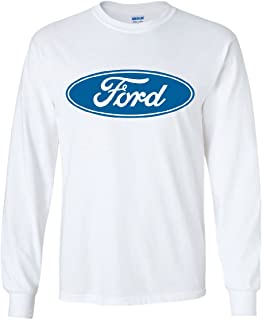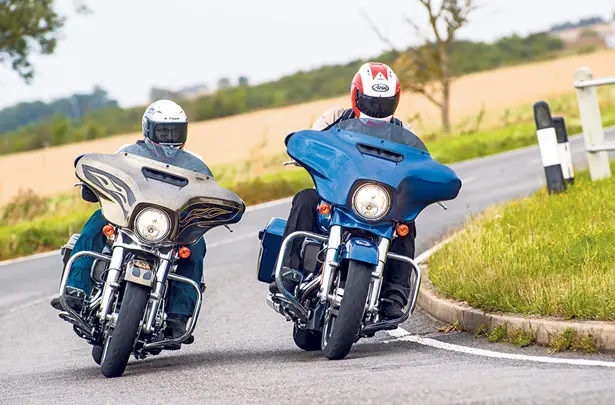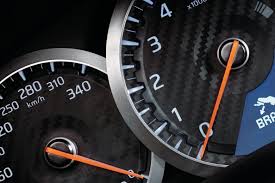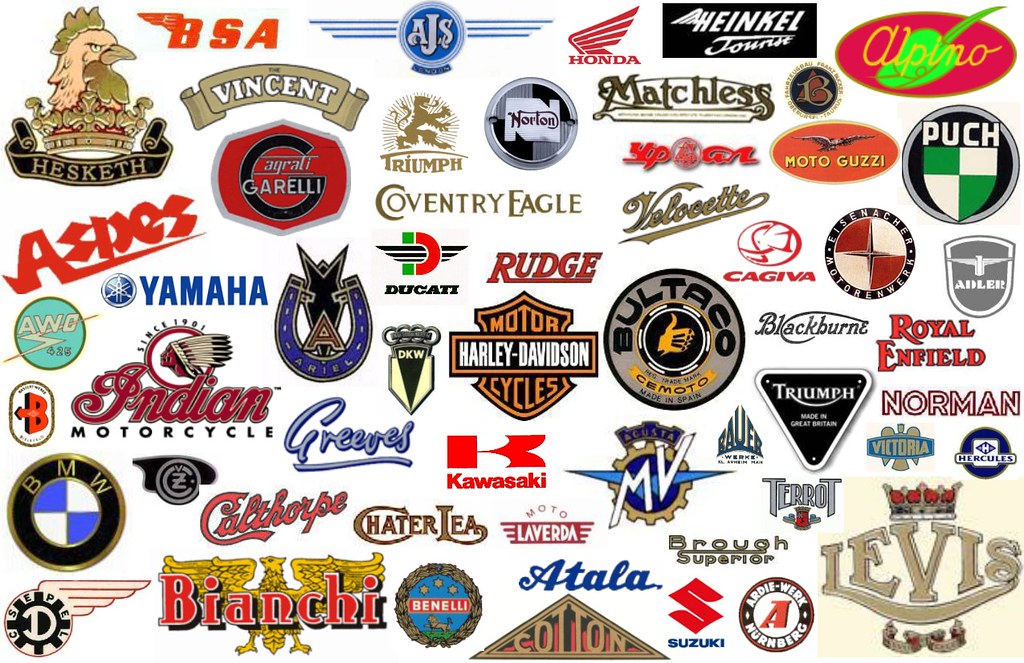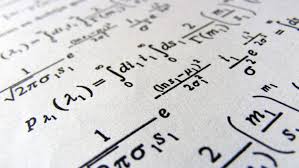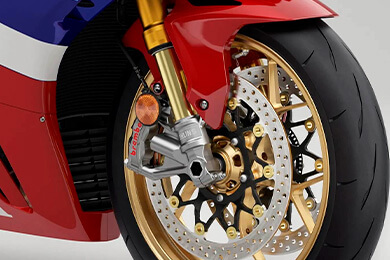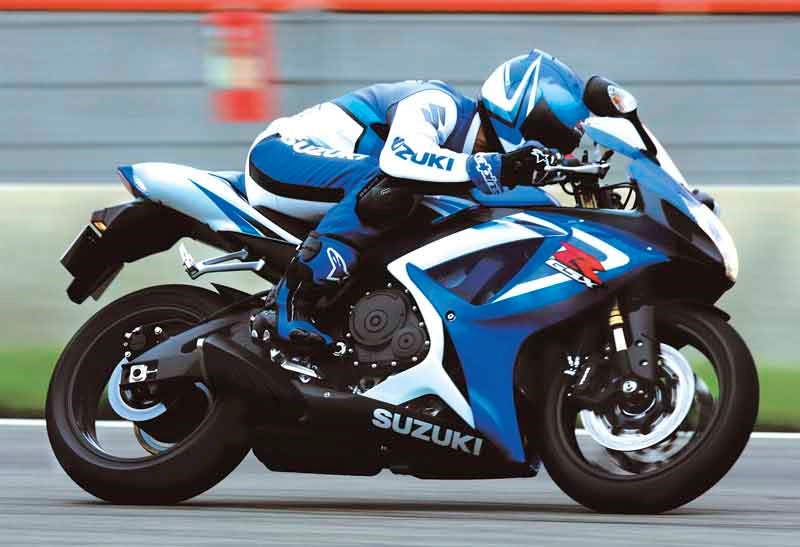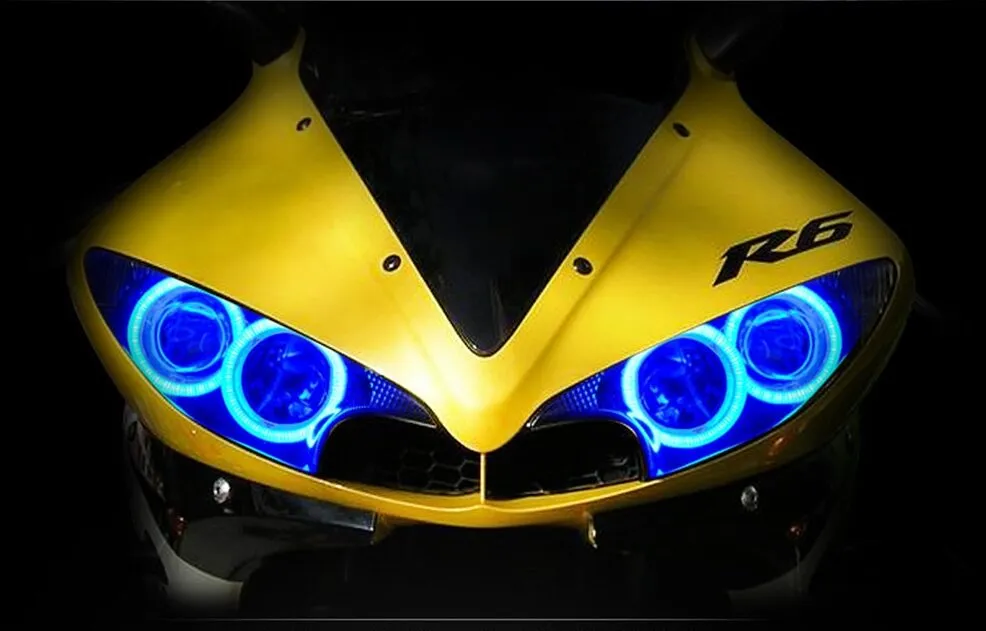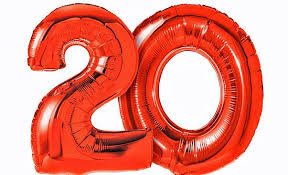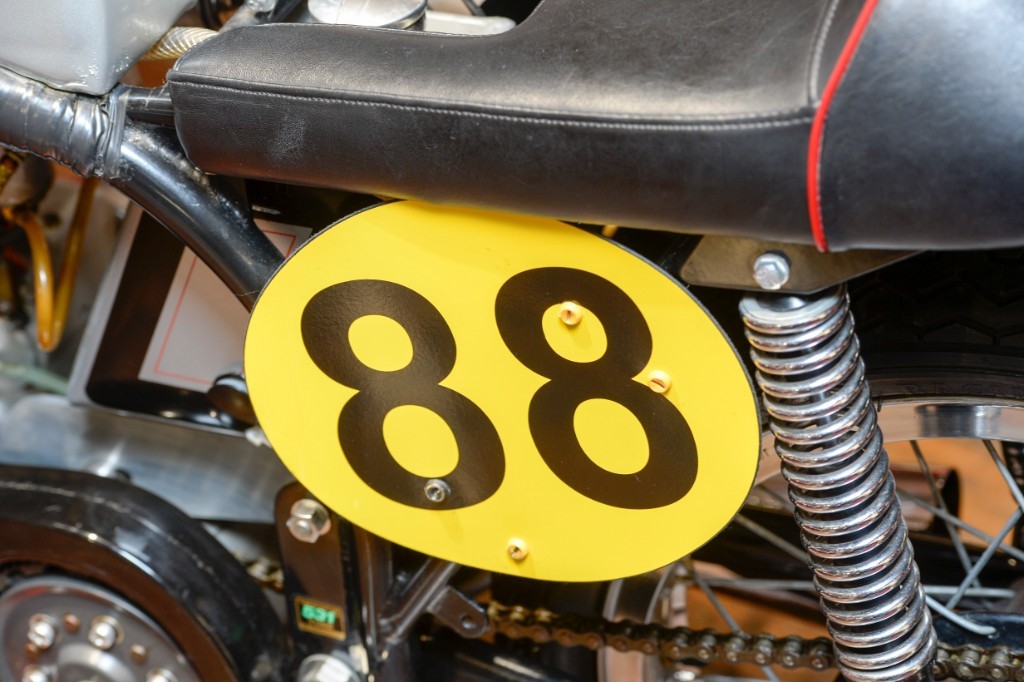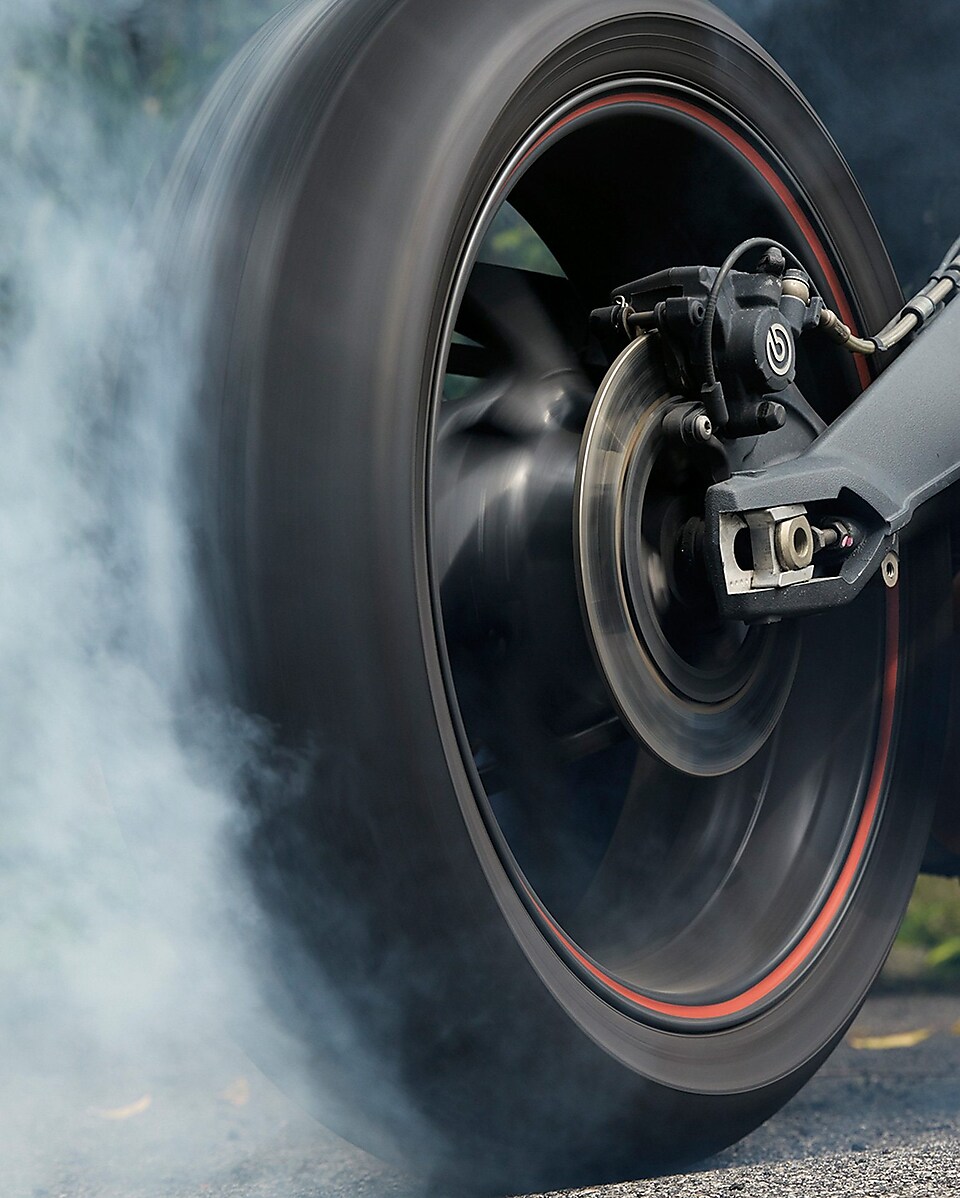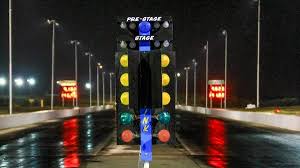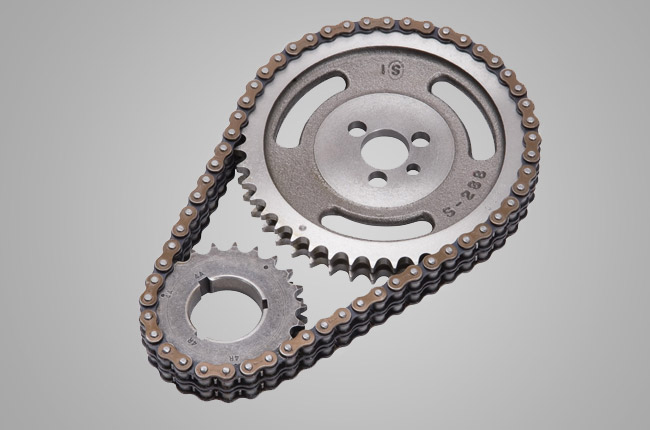


This edition of the Kawasaki Ninja 1000 DOHC is the 6 speed | Manual version and was first brought out in 2012. This was at around the same time as the introduction of the 2012 Buell-EBR 1190RS V-Twin and the 2013 Kawasaki ZX-10 R Ninja.This particular Kawasaki Ninja 1000 has a 1043cc Liquid cooled, Two stroke, V4 Petrol powerplant with 4 cylinders and Electronic Fuel Injection.
The 2012 Ninja 1000 shares its V4 engine and Sport-Touring style configuration with the likes of the 2025 Yamaha Tracer 9 GT and the 2020 Yamaha MXT 850 Niken. Alternatively, if you're looking for other bikes which share the Ninja 1000's Sport-Touring style with a similar size of engine then how about the 2025 Yamaha Tracer 9 GT | 2025cc.2020 Yamaha MXT 850 Niken | 2020cc.
Weighing in at 228 kgs (502 lbs) this makes the Kawasaki Ninja 1000 DOHC in the same weight category as the 2025 Yamaha Tenere 700 Rally or the 2025 Yamaha MT-07 Twin Cylinder , give or take 50kg.
In terms of power the 1043cc 16 valve V4 4 cylinder engine produces 138 bhp (102 kW) @ 9600 rpm similar to the 2025 Yamaha Tracer 9 GT [119 bhp (88 kW) @ 10000 rpm] or the 2025 Kawasaki Z 900 DOHC SE [123 bhp (91 kW) @ 9500 rpm].
The DOHC Two stroke unit throws out torque of 81.1 lb-ft (109.9 Nm) @ 7800 rpm placing it alongside motorbikes of similar performance figures such as the 2025 Yamaha Tracer 9 GT [68.5 lb-ft (93.0 Nm) @ 7000 rpm] and the 2025 Yamaha Tracer 9 GT+ [68.5 lb-ft (93.0 Nm) @ 7000 rpm].
If one combines the weight with power or torque performance for the Kawasaki Ninja 1000 you can get a better idea of it's real world performance.
![Honda VTR 1000 RC51 SP1 - [2000] image Honda VTR 1000 RC51 SP1 - [2000] image](/editionimages/b/default.jpg)
The 2000 Honda VTR 1000 RC51 SP1 has similar Bhp Per Ton stats as the 2012 Kawasaki Ninja 1000 DOHC.
The 2012 Kawasaki Ninja 1000 DOHC has a Power to weight ratio of 605.2 bhp per ton and 355.8 lb-ft per ton. Bhp Per Ton figures of the 2012 Ninja 1000 competing with the 2000 Honda VTR 1000 RC51 SP1 [629.6 bhp\ton] and the 2000 Honda VTR 1000 R C51 SP1 [629.6 bhp\ton].
If you agree with the late great Carroll Shelby, then arguably an even better indicator of potential performance is Torque. Factor weight into the equation and you end up with - Torque per ton, with the Kawasaki Ninja 1000 generating around 355.8 lb-ft per ton. If you're curious as to what other motorbikes have as much torque to weight then look no further than the 2017 Suzuki GSX-S 1000 Phantom Special Edition [380.8 lb-ft per ton] and the 2017 Suzuki GSX-S 1000 DOHC [380.8 lb-ft per ton].
With a 0-60mph time of 6.1 secs or a 0-100km/h (0-62mph) of 6.2 secs, this makes the Kawasaki Ninja 1000 DOHC similar in acceleration to the 2025 Yamaha YZF-R9 Triple (6.1 secs) and the 2024 Yamaha XSR 900 GP JDM (6.1 secs). This Kawasaki Ninja 1000 DOHC also competes in terms of 0-60 mph and 0-100km/h with the 2018 Honda CB 250 R Neo Sports Cafe (0.0 secs) and the 2020 Norton Superlight SS (0.4 secs).
![Suzuki GSX-R 750 WT SRAD - [1996] image Suzuki GSX-R 750 WT SRAD - [1996] image](/editionimages/b/default.jpg)
Quarter Mile time is a close race between the 2012 Kawasaki Ninja 1000 DOHC and the 1996 Suzuki GSX-R 750 WT SRAD
When talking about the performance of the 2012 Kawasaki Ninja 1000 DOHC on the drag strip it can reach a quarter mile in an estimated 10.6 secs @ 0 mph. Bikes with a similar performance down the quarter mile can be found in the 1996 Suzuki GSX-R 750 WT SRAD (10.6 secs) and the 1994 Yamaha YZF750 R (10.6 secs).
The 2012 version of the Kawasaki Ninja 1000 DOHC has a maximum speed of 152mph.
If maxing out your bike on the AutoBahn is your thing and you're wondering what's faster at the top end than the 2012 Kawasaki Ninja 1000 DOHC then how about a 2005 Yamaha YZF-600 R6 Rossi R46 Replica (163 mph) and the 2005 Yamaha YZF-600 R6 (163 mph).












